This post may contain affiliate links. If you click through a link and make a purchase, I may receive a commission at no additional cost to you. As an Amazon Associate, I earn from qualifying purchases. Read the full disclosure here.
Tennis elbow seems to creep up out of nowhere. In reality, there are many things throughout the day that can be stressing this area that may seem innocent.
Recognizing what might be contributing to your tennis elbow pain can help avoid exacerbations and chronic pain.
This article will go over activities that can make your tennis elbow worse and how to work around those activities to prevent tennis elbow in the future.
For more details on tennis elbow treatment and how to prevent tennis elbow, don’t miss Surprising Reasons Why Your Tennis Elbow Isn’t Getting Better.
Disclaimer: This content is for educational purposes and is not medical advice. Read the full disclaimer.
What is tennis elbow?
Before we dive in, let’s quickly get on the same page about tennis elbow.
Tennis elbow is the general term for lateral epicondylitis, the most common overuse syndrome of the elbow. And no, you don’t have to be a tennis player to suffer from this injury.
The extensor tendons of the forearm (connected to muscles that extend the wrist) attach above the elbow joint at the lateral epicondyle of the humerus (the outside of the elbow).
Extensor carpi radialis brevis (ECRB – a wrist extensor tendon) is the main culprit for tennis elbow but may include other wrist extensor muscles as well.
With overuse, inflammation and micro-tears can occur in the tendon of the wrist extensors, which run along the forearm and attach to the bone just above the outer elbow. Scar tissue may build up over time with chronic inflammation.
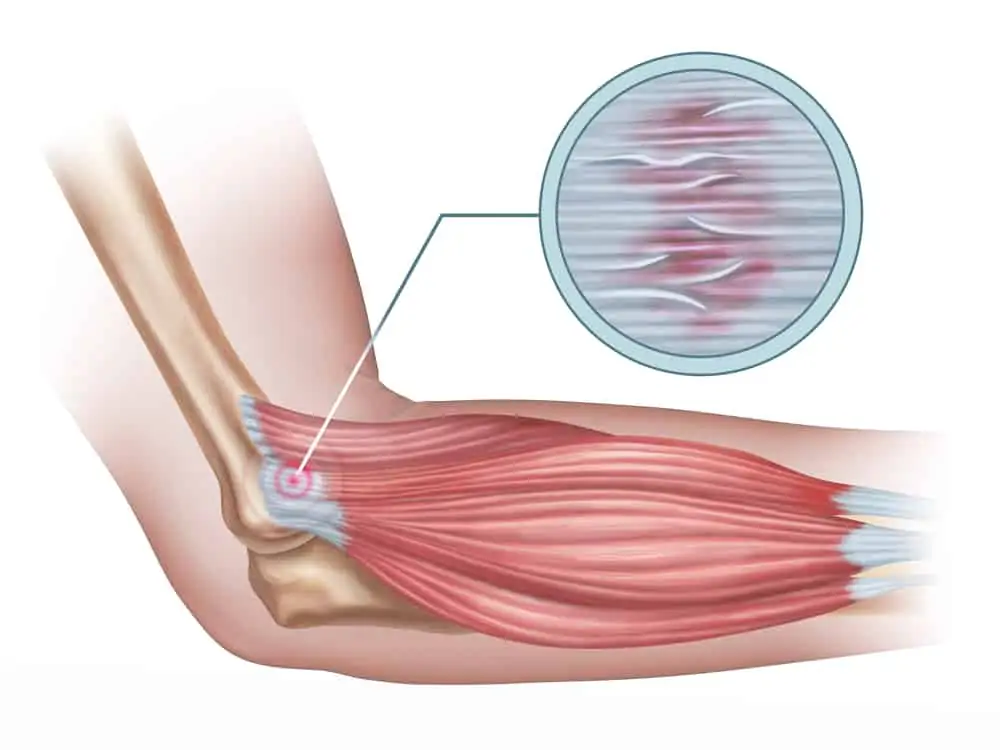
How to prevent tennis elbow
Here’s a detailed overview of activities that seem rather innocent, but can secretly cause tennis elbow.
Holding weights while walking
Seems like a great way to add some intensity to a walk right?
Holding weights while walking places a constant demand on the muscles and tendons at the elbow. Over time, this can start to cause pain and tennis elbow symptoms.
Look for other ways to boost your walk in this article – How To Burn More Calories While Walking.
Hyperextending the elbow while weight-bearing on the arms
Hyperextension is a movement beyond the normal range of motion into extension and is common in people who are considered very flexible or “double-jointed.”
An example of a weight-bearing position is during a plank, side plank, or downward dog. Hyperextension looks like the elbow is about to bend in the wrong direction.
When you hyperextend the elbows, you’re no longer balancing the load properly through the joint. Unfortunately, this can also signal your triceps to “turn off.”
Not in the literal sense, but when you hyperextend, more of the force can be passively transferred to the joint. The triceps are a large muscle group, and you can’t afford to have them not working.
Not only are you putting additional stress on the ligaments and joint capsule of the elbow, but the forearm muscles that cross the elbow (like the wrist extensors) have to work harder to stabilize your arm.
These smaller muscles can quickly become overworked because this job is more than they were designed to do, resulting in tennis elbow.
Try to keep a micro-bend in the elbow to avoid injury.
Repetitive movement using the forearm muscles
Though it’s called tennis “elbow,” the muscles involved are wrist extensors, which insert at the lateral elbow.
Activities such as typing, working with tools, knitting, gardening, and gripping can aggravate tennis elbow.
Take frequent breaks to move and stretch as well as set your posture up properly.
Also consider adding some strengthening exercises for the forearms, shoulders, and upper back muscles to properly support your activities.
Performing fitness movements with poor form
Poor wrist alignment while lifting weights is a bit contributor to tennis elbow. This is also referred to as allowing the wrist to “break.”
When the wrist “breaks,” it sinks into flexion, essentially cutting off the line of energy and decreasing the power from larger muscle groups, and placing a tremendous amount of strain on the wrist extensors.
Aim to maintain a neutral wrist position when lifting weights to avoid developing tennis elbow.
Not engaging larger muscle groups
Building on the last tip, proper form is essential for engaging the appropriate muscle groups during exercise movements.
Big muscles do big work. Smaller muscle groups were not designed to take on the workload of their more powerful neighbors.
When smaller muscle groups are called in to compensate, overuse injuries occur.
Make a conscious effort to engage the upper back muscles during various pull movements to avoid overusing the elbows.
This looks like taking a minute to upright your posture and get yourself set before lifting weights.
Again, maintaining a neutral wrist and mentally focusing on the larger muscle groups you’re trying to use will go a long way to keep tennis elbow away.
Punching in cardio kickboxing with poor form
Cardio kickboxing can be a fun and innocent-looking exercise class. You’re punching the air, what could possibly go wrong?!
I’ve even seen plenty of people develop tennis elbow or shoulder tendonitis from “punching” in a cardio kickboxing class.
If you like cardio kickboxing, then PLEASE take some time to learn the proper form.
(Do it for the sake of your shoulder and elbow health!)
A punch involves the entire arm with a heavy emphasis on the shoulder and upper back muscles, and in casual cardio classes, most people are doing it wrong.
If you’re just standing there flailing your arms back and forth from the elbow and allowing your wrists to flop around, don’t be surprised if you start having tennis elbow symptoms.
Technique matters whether you’re punching a bag or just the air in a cardio class.
This risk increases tremendously if your punching incorrectly while holding weights. Not to mention, an increased risk for shoulder pain.
Don’t worry, there’s an easy fix! Just talk to the instructor about proper form or check out the video tutorial below.
Not varying workout routines
Keeping a balanced workout routine goes a long way to prevent injuries.
If you always do the same exercises, vary your exercises and be sure to work muscle groups evenly.
This article explains how to build a well-rounded fitness routine.
Pushing too far when fatigued
When you start to fatigue, that’s when your form begins to break down.
5 good reps are better than 10 sloppy reps.
Take your time with strengthening exercises, move slowly with intention, and take rest breaks to avoid pushing yourself too far when fatigued.
Lifting weights that are too heavy
We’ve all seen people in a gym rocking their whole body back and forth to do biceps curls with a weight that’s way too heavy.
The right weight for you should allow you to complete 8-12 reps at a time with proper form and a feeling of muscle fatigue near the end of those reps.
If you’re not feeling any muscle fatigue, the weights are too light. On the other hand, the weights might be too heavy if you’re breaking your form after 3-4 reps.
The important things are that you can control the movement without compensating with other body parts and it’s challenging you.
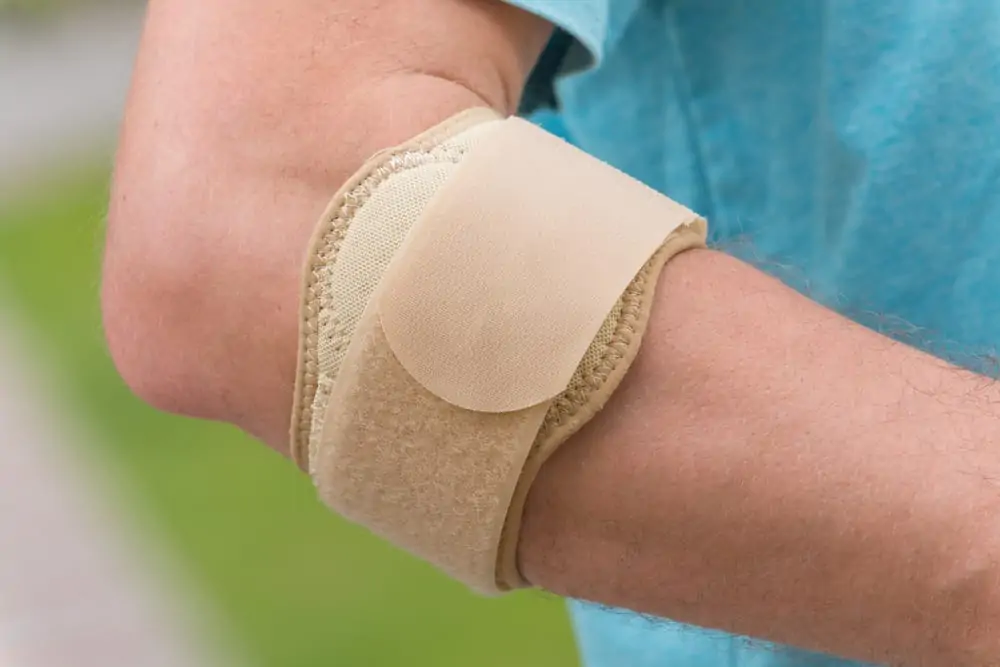
Relying on a tennis elbow brace
Braces often lead to a false sense of security, tricking you into continuing with the same habits that got you tennis elbow in the first place.
It’s important not to adopt a “set it and forget it” attitude with a brace.
A brace may be a component of your treatment, but simply wearing a brace will not fix tennis elbow and it’s not doing much for the overall healing process.
Another issue is choosing the wrong type of brace or wearing a brace incorrectly.
Read this article about braces for tennis elbow to learn which types are the best and how to properly use them.
Ignoring the pain
Ignoring the pain and hoping it will go away is a poor strategy that makes it more challenging to get rid of the pain.
If you’re having symptoms of tennis elbow (lateral epicondylitis), make an appointment with a physical therapist to have your pain evaluated.
Physical therapy is an effective method to recover from tendonitis and get back to the activities that you love.
Thinking that rest will fix your symptoms
In the case of tendonitis, only resting is not helpful.
It may appear as the pain has improved, but as soon as you try to increase your activity, the pain will be right there waiting for you.
Tendonitis responds best to a combination of activity modification and gentle loading, typically eccentric exercises.
To learn more about effective tennis elbow exercises, read this article.
Wrapping up
You don’t have to play a racquet sport to develop this common overuse injury. Seemingly harmless everyday activities can perpetuate tennis elbow pain and make it a more lengthy and complicated rehab process.
Preventing tennis elbow starts with taking a look at activities throughout the day can help you get some pain relief and make progress toward healing.
Also, don’t forget that injuries, pain, and healing don’t just revolve around one isolated body part, they’re integrated into a larger system. Pain is greatly tied in with the nervous system, rather than originating from a single body tissue. Other factors such as general health, stress/anxiety, diet/nutrition, and overall regulation of the nervous system play a role in your elbow pain.

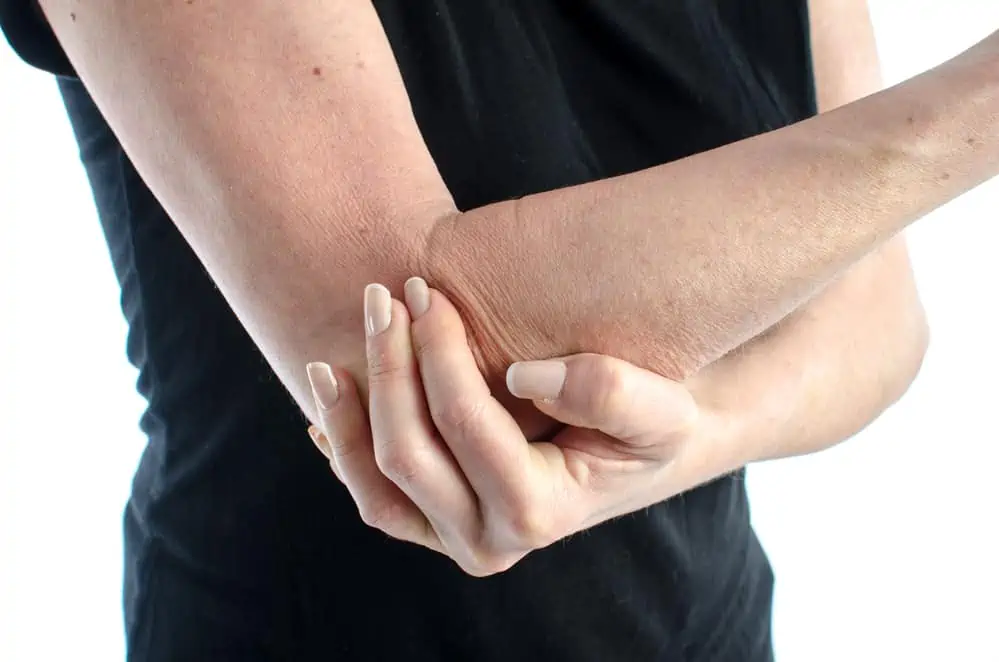
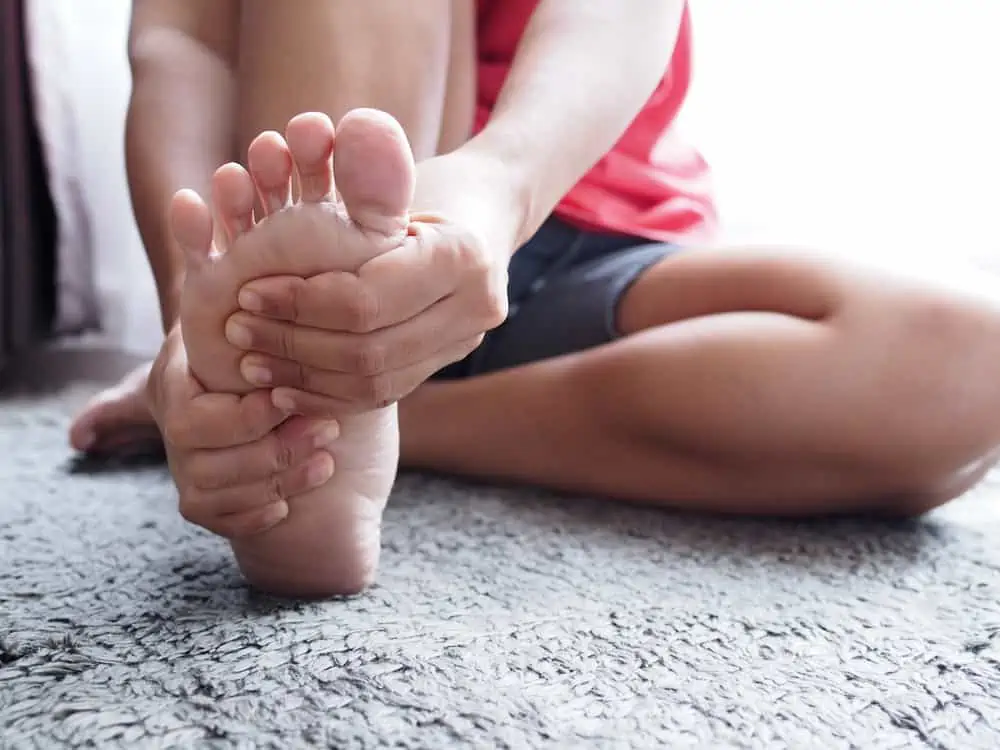
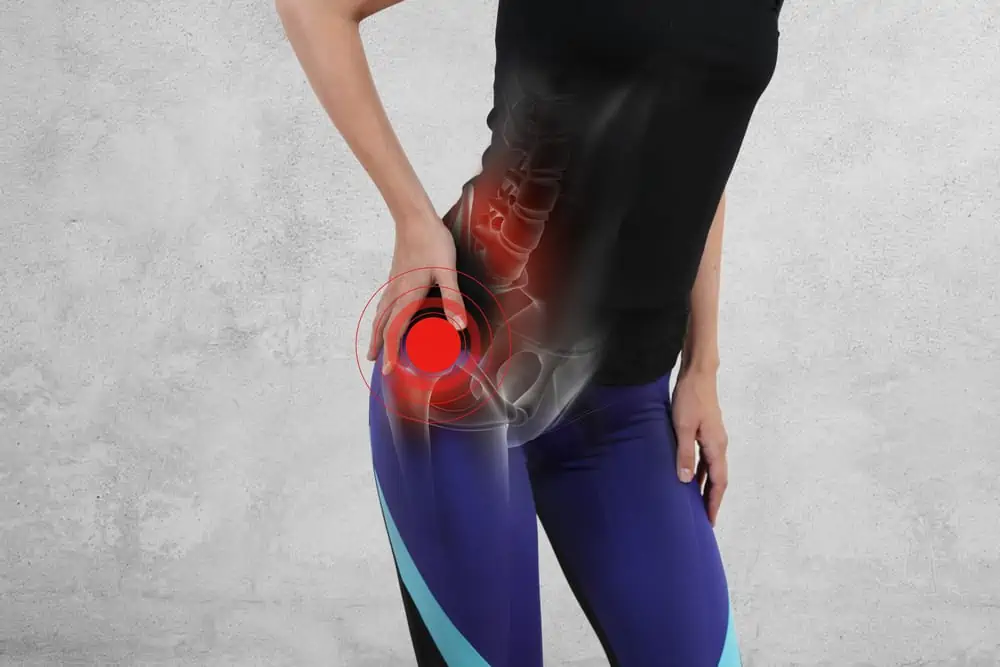
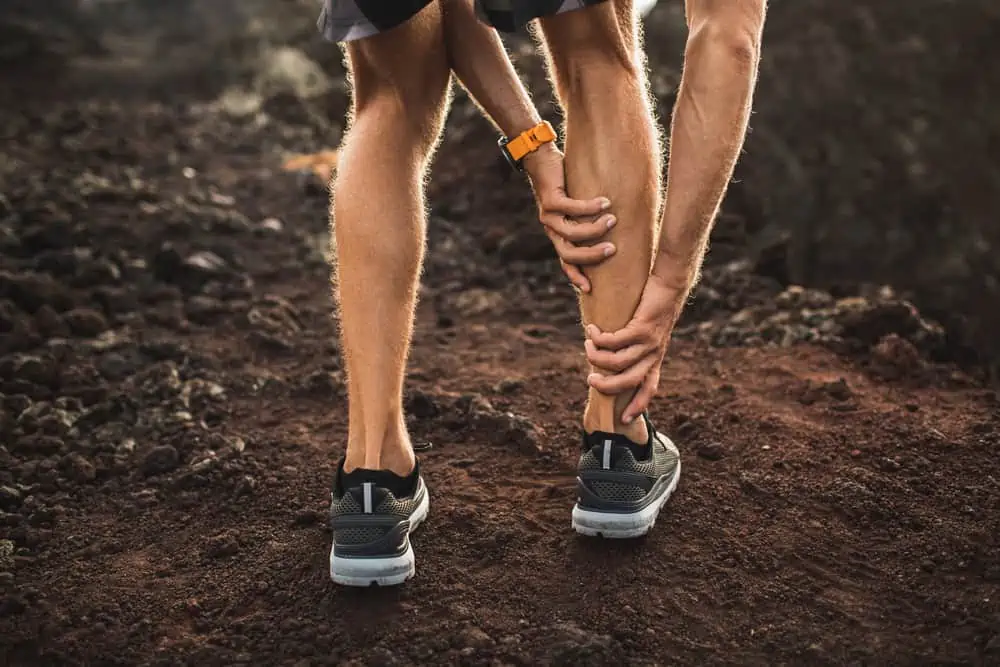
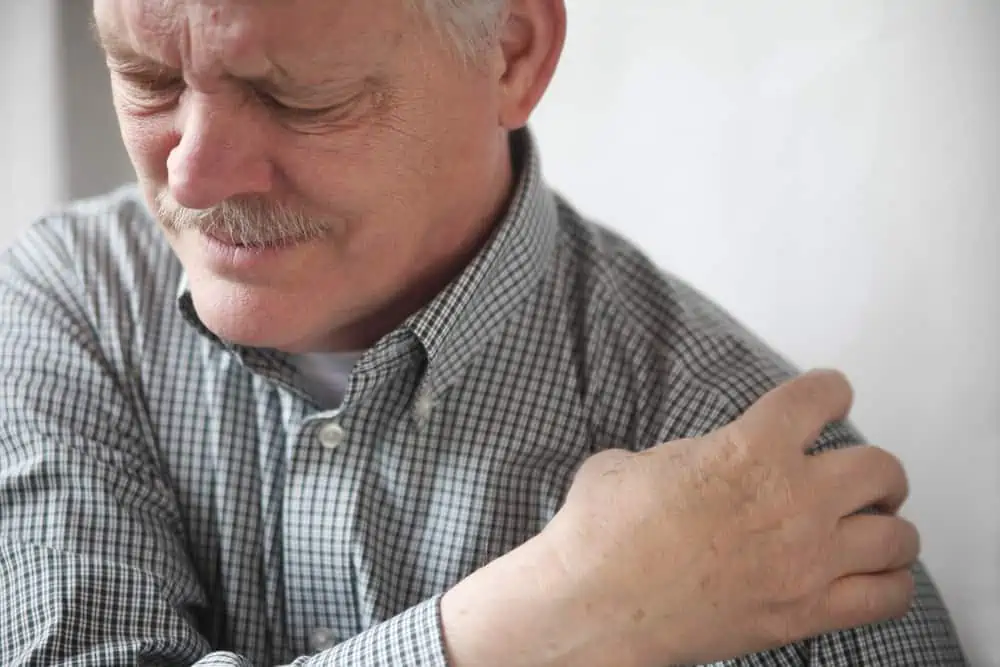
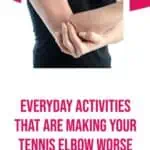
Great tips. I recently had my knee hurting me and I took a week off from working out and iced my knee. I felt much better because I took the week off.
Glad you’re feeling better. Some initial rest and activity modification when starting back is helpful.